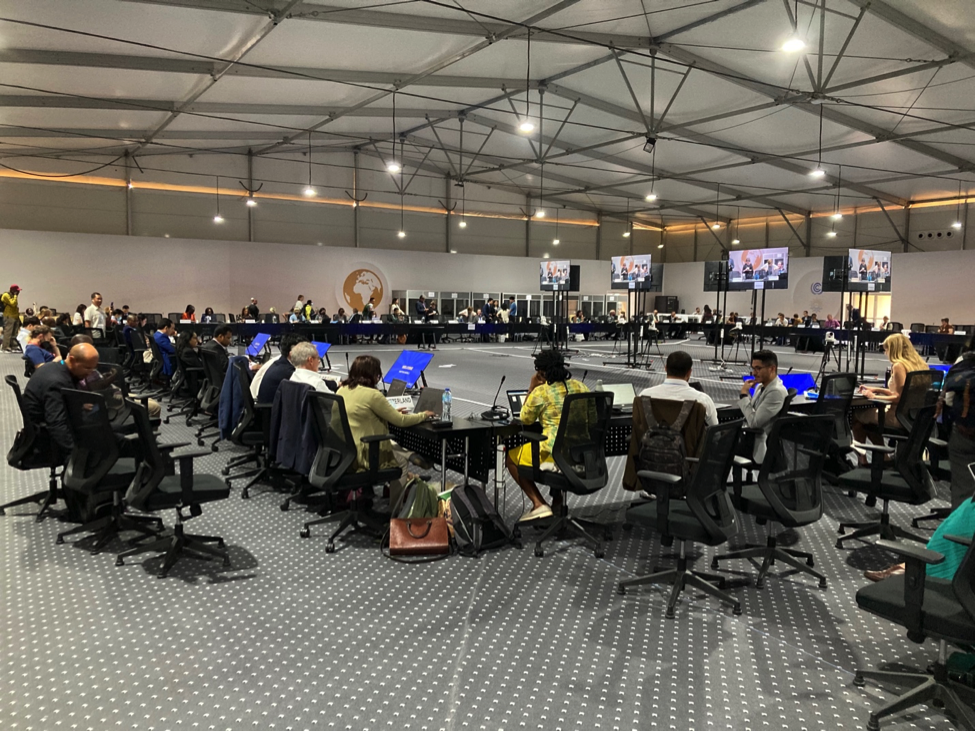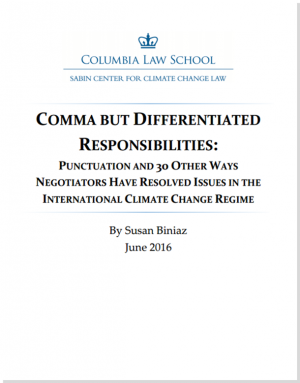Qiuyan Zhao & Gregory E. Wannier
In the face of increased focus on Measurement, Reporting and Verification (MRV) of greenhouse gas emissions across the developing world, CCCL former visiting scholar Qiuyan Zhao has released a report highlighting some of the ways that China might measure its own contributions to climate change. In her article, Professor Zhao explores China’s commitments to MRV procedures and details certain policy and regulatory actions China can take to ensure that this moves forward positively.
The paper first discusses past efforts to implement MRV activities in the context of climate change. Of particular notice is a set of regulations known collectively as the “Three Systems,” which were promulgated in 2007 to establish guidelines for measuring energy use and various pollutant emissions. These systems have been of some use in tracking certain energy use statistics, and the emission of SO2 and COD, which contribute significantly to China’s local pollution problems, on a national scale. However, such measures have not effectively been used to monitor greenhouse gas emissions. They also have had limited success in promoting local and corporate disclosures, as conflicting interests have prevented the publication of all relevant information.
Turning to possible solutions, Professor Zhao mentions three paths forward. First, she focuses on the upcoming twelfth Five-year Plan, from 2011-2015, which “present a perfect opportunity to shift debate away from how China’s MRV fits within the UNFCCC, and towards the design of a domestic MRV regime.” She then argues that legislative initiatives are needed, backed by increased enforcement, that would explicitly include greenhouse gases as part of the growing MRV regime and make more explicitly mandatory the local and corporate disclosure of emissions. She places particular emphasis on the “Environmental Monitoring and Management Regulations (Draft),” which were submitted to the State Council of China (a cabinet-equivalent body) for consideration on November 26, 2009. This document is designed to regulate and promote environmental monitoring from a technical and legal/policy standpoint, and although it does not specifically mention greenhouse gases it seems well suited to that purpose.
Finally, Professor Zhao points to the example of governments in Europe and North America and argues that China could learn from their MRV-themed regulations. Importantly, she believes that China should not only design its MRV programs in response to UNFCCC demands, but also use the international example to create a system that works best for China.
This study comes as MRV considerations have become an increasingly prominent part of the international debate over climate change policy. Countries such as the United States and the members of the European Union have questioned whether carbon reductions achieved in China and India (and elsewhere) are bona fide, and have pushed for these two countries in particular to improve the quality of their greenhouse gas measurements so that policy instruments can be based on solid data. Although these countries have historically resisted such efforts as disguised attempts to impose emission caps on their still-growing economies, they agreed in principle to expanded Measurement and Reporting of emissions (with Verification still a controversial issue). Measures outlined by Professor Zhao may help alleviate some of this tension by helping China improve its MRV infrastructure, on its own terms.



